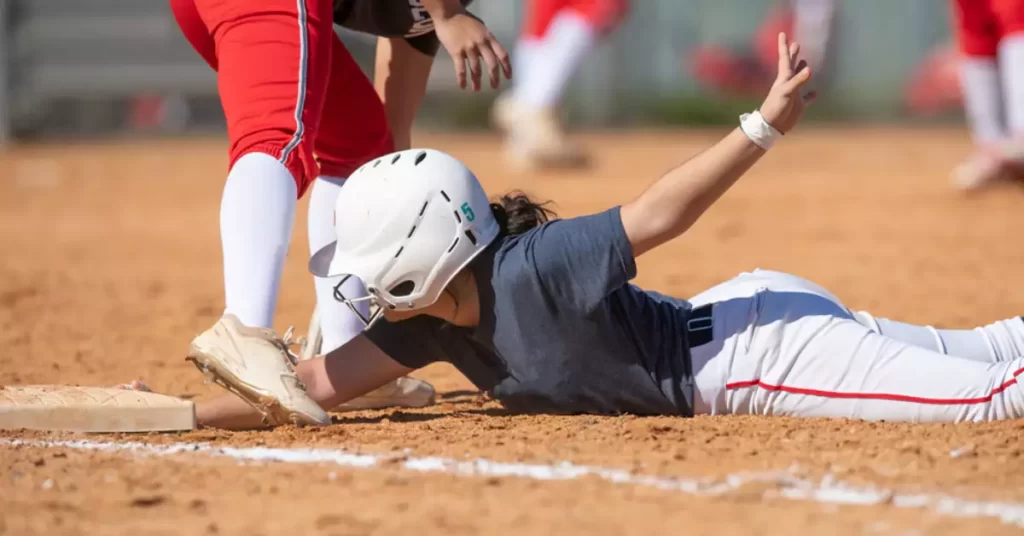The art of fielding in baseball holds immense importance in the game. A team’s performance can be dramatically influenced by their fielding skills. Fielding percentage serves as a crucial metric in determining the prowess of a player on the field.
A good fielding percentage indicates a player’s efficiency in making plays and avoiding errors. In essence, it is the ratio of successful plays to the total number of chances a player has to make a play. This simple yet powerful statistic can provide valuable insights into a player’s defensive capabilities.
Intrigued? Dive into the article to unravel the nuances of fielding percentage, its significance, and how it can impact the outcome of a game. Discover the benchmarks for an exceptional fielding percentage and learn how it varies across different positions on the field.
The Importance of Fielding Percentage in Baseball
The Role of Defense in Baseball
Defense plays a critical role in baseball as it determines a team’s ability to prevent runs by opposing teams.
A strong defense can significantly impact the outcome of a game, and players who excel in this aspect are highly valued.
Measuring Fielding Success
Fielding percentage is a widely-used statistic to measure a player’s defensive success. It assesses how often a fielder successfully completes a play, taking into account the number of putouts, assists, and errors made.

Calculating Fielding Percentage
The Fielding Percentage Formula
The formula to calculate fielding percentage is simple:
Fielding Percentage = (Putouts + Assists) / (Putouts + Assists + Errors)
Interpreting the Results
A higher fielding percentage indicates a better fielder, as it signifies that the player makes fewer errors relative to their successful plays.
Generally, a fielding percentage above .980 is considered good, but this varies by position.
Factors that Affect Fielding Percentage
Position
Different positions on the field require distinct skill sets, which can impact a player’s fielding percentage.
For example, infielders often have more chances to make plays than outfielders, so their fielding percentage may be lower due to the increased difficulty of their position.
Playing Surface
The quality of the playing surface can affect fielding percentage. Uneven or poorly maintained surfaces can lead to unpredictable ball bounces, increasing the likelihood of errors.
Experience
More experienced players tend to have higher fielding percentages, as they have had more time to hone their skills and develop better defensive instincts.

Comparing Fielding Percentages Across Positions
Infielders
Infielders, such as shortstops and second basemen, typically have lower fielding percentages due to the increased number of chances and difficulty of their plays.
A good fielding percentage for an infielder is generally around .970 to .980.
Outfielders
Outfielders tend to have higher fielding percentages, as they have fewer chances to make plays and often deal with less challenging plays. A good fielding percentage for an outfielder is typically above .985.
Catchers
Catchers have a unique defensive role, dealing with pitches, throwing out base stealers, and fielding bunts.
A good fielding percentage for a catcher is typically above .990, but it is crucial to consider other metrics like caught stealing percentage when evaluating their overall defensive abilities.
The Impact of Fielding Percentage on Game Strategy
Fielding percentage can influence a team’s game strategy. Coaches may position players with higher fielding percentages in critical defensive spots, and opposing teams might target weaker fielders to exploit their defensive vulnerabilities.
Fielding Percentage versus Advanced Metrics
Defensive Runs Saved
While fielding percentage is a helpful metric, advanced metrics like Defensive Runs Saved (DRS) provide a more comprehensive view of a player’s defensive impact by considering factors such as range and arm strength.
Ultimate Zone Rating
Ultimate Zone Rating (UZR) is another advanced metric that measures a player’s defensive contributions by quantifying the number of runs prevented or allowed based on their ability to make plays in specific zones of the field.
Hall of Fame Fielding Percentages
Hall of Fame inductees often boast impressive fielding percentages, showcasing their exceptional defensive abilities. Notable examples include Ozzie Smith (.978) and Roberto Clemente (.985).
Frequently Asked Questions
How is fielding percentage calculated in baseball?
Fielding Percentage = (Putouts + Assists) / (Putouts + Assists + Errors)
What is a good fielding percentage for different positions?
- Infielders: .970 to .980
- Outfielders: Above .985
- Catchers: Above .990
Are there other metrics to evaluate defensive performance in baseball?
Yes, advanced metrics like Defensive Runs Saved (DRS) and Ultimate Zone Rating (UZR) offer a more comprehensive evaluation of a player’s defensive abilities.
Final Verdict
Fielding percentage serves as a valuable metric to gauge a player’s defensive prowess in baseball. While it offers useful insights, it’s essential to consider factors like position, playing surface, and experience when assessing a player’s overall defensive capabilities.
Moreover, advanced metrics like DRS and UZR provide a more nuanced understanding of a player’s defensive impact. Ultimately, a good fielding percentage is an essential component of a strong defensive player, contributing to their team’s success on the field.
